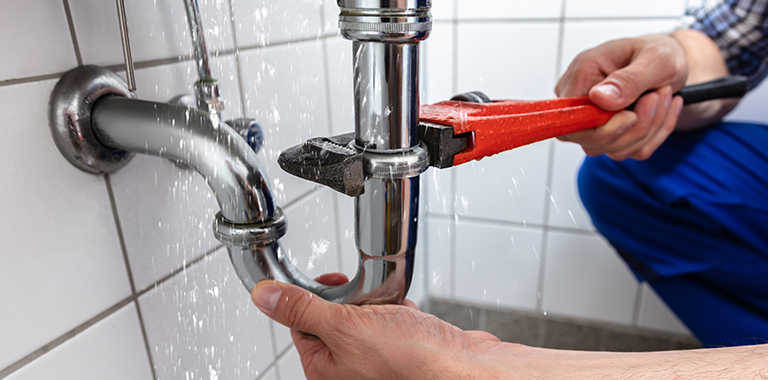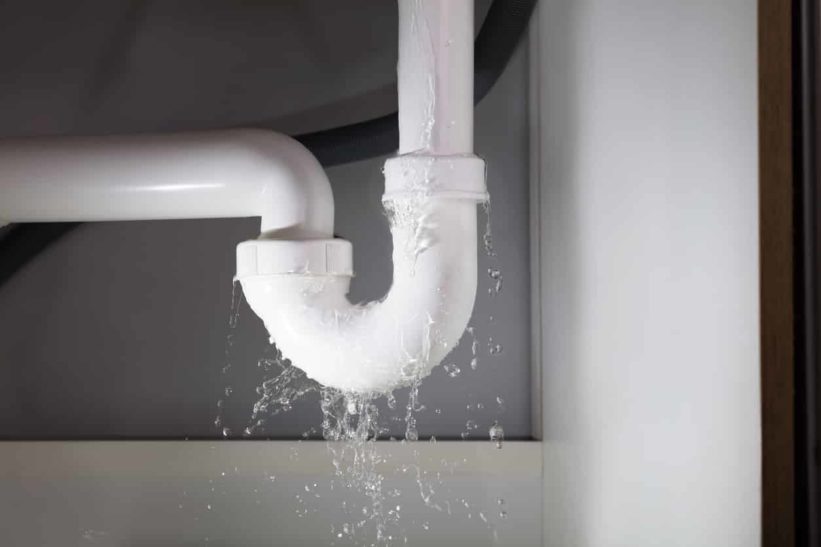Have you been hearing dripping noises but cannot figure out what is causing them? When you hear unexpected drips, It is hard to know where to check. Leaks can happen inside your toilet, behind walls, under sinks, and in the ceiling, making it difficult to know where to search.
For Sydney families, early water leak detection is critical to avoid excessive water bills and water damage that may cost thousands of dollars to repair. If you have heard water dripping but can’t see it, do not forget about it.Emergency Plumber will show you some brilliant methods for detecting a plumbing leak in your home. They will also give you some quick and free advice on how to stop your leaks for good.
Examine your water meter:
Checking your water meter is one of the greatest ways to see if there is a leak in your plumbing. You will need to cut off all of the water in your house first. Make sure all faucets are turned off and the dishwasher and washing machine are not running. Next, keep an eye on the meter to see whether it starts to shift. If it does, you have got a fast-moving leak on your hands. Wait two hours and check the meter again if it does not change right away. If it has changed despite turning off all the water, you may have a slower leak. After the meter, the leak could be anywhere, including underground. Remember that all pipe after the meter is the responsibility of the homeowner.
Keep an eye on your bill:
A leak could be to fault if your bill is continually rising yet your water usage habits haven’t altered. Gather any bills from the past few months and compare them to see if there has been an upward trend. From month to month, your water bill should be stable. Keep in mind that some of your pipes may be buried. Leaks in this portion of your system may never be detected, but you will always pay for them. It is advisable to hire a professional plumber to inspect all of your pipes. A hot patch on the floor (due to under slab pipes) or the sound of flowing water require immediate, professional treatment.

Take out some food colouring:
Toilets can account for up to 30% of your water consumption, so be sure they’re working properly. To check for leaks, drop a few drops of food colouring into your toilet tank and wait 10 minutes. If the colour appears in your bowl, you have a leak that allows water to escape from the tank to the drain without being flushed.
Examine the utilisation from the outside:
Leaks do not merely happen within the house; they can also happen outside. Attach a garden hose to your exterior spigots; if water seeps through the connection while the hose is flowing, replace the rubber hose gasket and double-check all connections. If you have an irrigation system, have it checked once a year by an expert. Even a little leak in a system can waste 6,300 gallons of water every month.
Make use of common sense:
Make it a habit to examine the backs of cabinets and under sinks for any signs of mildew or unpleasant odors that could suggest a leak: quick action could save you hundreds of dollars in repairs. Consider having a professional plumber assess your home once a year to look for leaks or other potential concerns.
If your home is over 25 years old, be very cautious; your plumbing system may be nearing the end of its useful life. Examine any accessible connections at the water heater, pumps, washer hoses, and valves for oxidation or discoloration, which are telltale symptoms of a slow leak. If you suspect a leak anywhere in your plumbing system, call in a professional to repair it as soon as possible. Don’t wait till it becomes worse and you’re dealing with a big mess!
Look for faulty o-rings in your faucets:
If your faucets are leaking, you may already be hearing an incessant dripping noise while trying to sleep. A leaky tap may not appear to be a huge concern, but it can waste almost 9,000 liters of water each year (and you’ll be charged for it on your bill). Check each tap in your home for leaks first, then dry the area surrounding your sink to minimize bill shock. Turn on the faucets once the sink is dry. Keep an eye out for water dripping from the base of each faucet. You may have a faulty o-ring that has cracked or dried up if you detect extra water. If you notice a little leak, most home improvement stores (such as Bunnings) sell replacement o-rings, so you may save money and fix it yourself.
Keep an eye on the water in your bathroom:
Because your bathroom is designed to be wet, It is difficult to discover extra water and leaks without some ingenuity. Begin by checking for mold. Mould and mildew grow in dark, moist environments, so if you notice mold on your walls or in certain areas of your roof, it could be a sign of a hidden leaking pipe. Keep an eye out for peeling areas inside and outside the bathroom if your Sydney property has wallpaper or paint. Continuous water streaming out of sight may be indicated by peeling wallpaper or paint. Because water seeps through grout and caulk and forces tiles loose, this type of water flow behind the walls can also produce loose tiles.
It is never pleasant to discover a leak in your plumbing, but It is critical to respond quickly to prevent further damage. A drop of water every few seconds may not seem like much, but for weeks and months, this extra water can significantly increase your water bill and cause damage behind your home’s walls. The cost of repairing water damage and rot can go into the tens of thousands of dollars. You can safeguard your Sydney home, save money, and avoid greater problems down the road with the help of Plumber Blacktown and above mentioned innovative leak-detecting tips.
Plumber Sydney understands that there is never a good time for a leak, which is why they offer emergency plumbing services. That’s why they provide a 24-hour service with a lifetime labor guarantee, so if you have a plumbing emergency, call Emergency Plumbers Sydney today.

